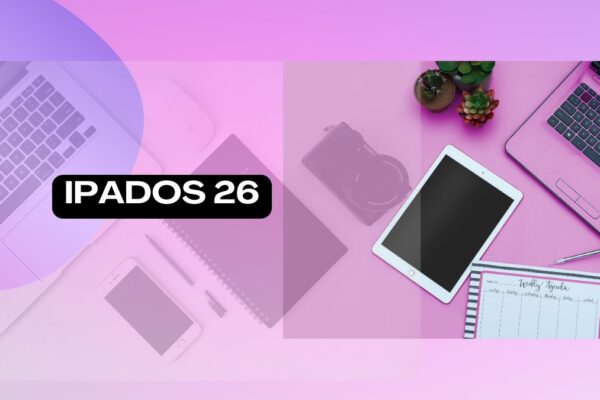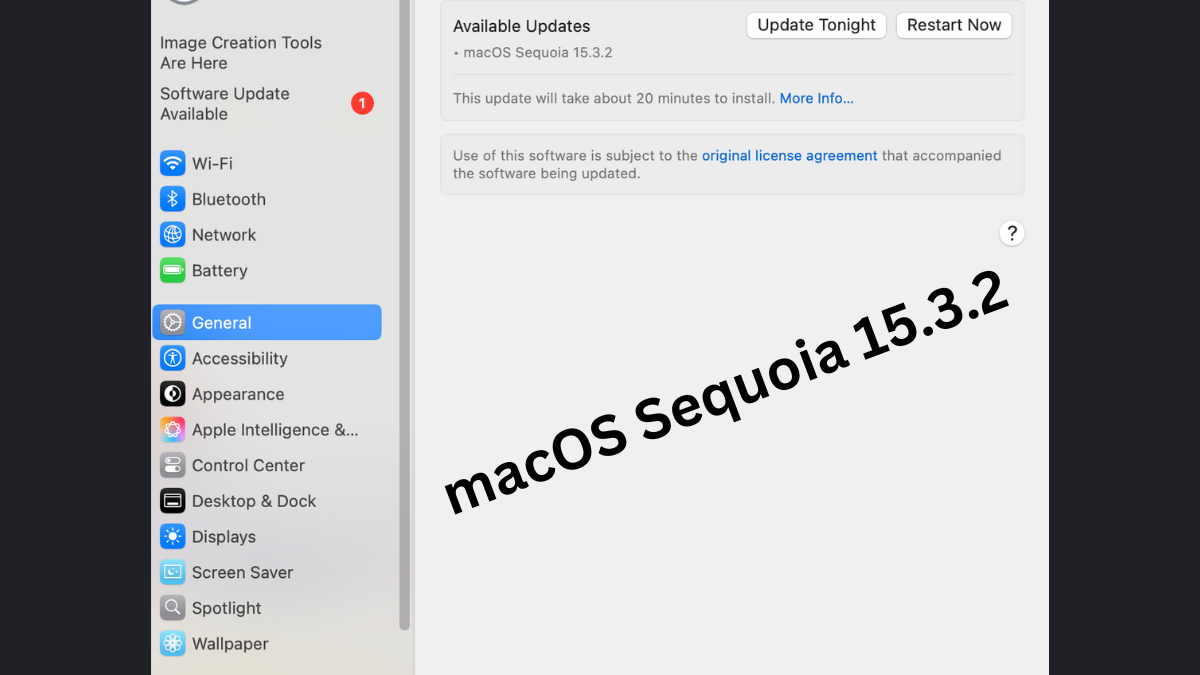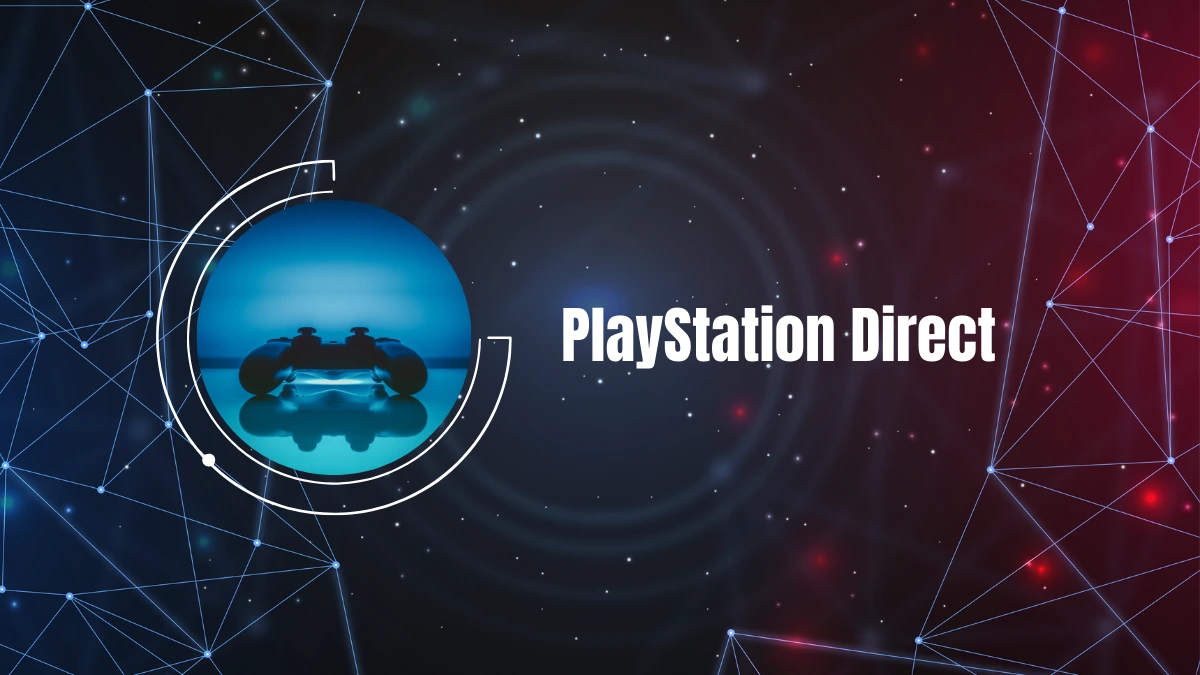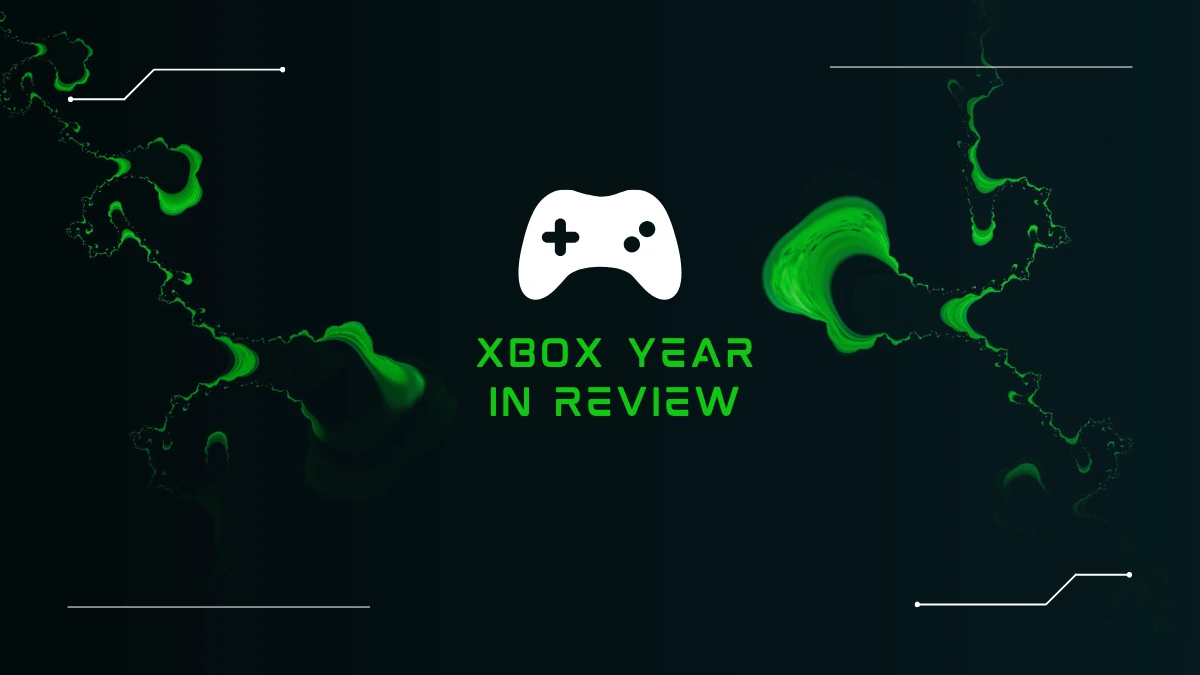Discover the benefits of Multi-Factor Authentication (MFA) and how it enhances security in today’s digital age. Learn about different authentication factors, implementation strategies, and best practices to protect sensitive information from cyber threats.
Introduction
In today’s digital age, securing our online presence is more critical than ever. With the increasing number of cyber threats, protecting our information has become a top priority. One effective method to enhance security is Multi-Factor Authentication (MFA). MFA is a security system that requires multiple forms of verification before granting access to an account or system. This article will explore the benefits of MFA and why it’s a key player in modern security measures.
What is Multi-Factor Authentication?
Definition of MFA
Multi-Factor Authentication (MFA) is a security system that requires multiple forms of verification before granting access to an account or system. Instead of relying solely on a password, MFA combines two or more factors to enhance security. These factors can include something the user knows, something the user has, and something the user is. By requiring multiple forms of verification, MFA significantly reduces the chances of unauthorized access.
How MFA Works
MFA works by requiring users to provide different types of information to verify their identity. This typically includes something the user knows (a password), something the user has (a smartphone or hardware token), and something the user is (a fingerprint or facial recognition). When a user attempts to log in, they must provide these multiple forms of verification. If any of the factors are incorrect, access is denied, adding an extra layer of security.
Types of Authentication Factors
Something You Know (Knowledge Factors)
These are passwords, PINs, or answers to security questions. It’s the information that only the user should know. Knowledge factors are the most common type of authentication and are used in combination with other factors to enhance security.
Something You Have (Possession Factors)
These are physical devices like smartphones, security tokens, or smart cards. They generate or receive a code needed to log in. Possession factors are effective because they require the user to have a physical item in their possession, making it harder for unauthorized users to gain access.
Something You Are (Inherence Factors)
These are biometric verifications such as fingerprints, facial recognition, or voice recognition. They rely on the unique physical characteristics of the user. Inherence factors are highly secure because they are difficult to replicate or steal.
Additional Factors
These can include location-based information (like GPS data) or time-based factors (accessing at specific times of day). Additional factors provide an extra layer of security by considering the context of the login attempt.
Why is MFA Important?
Increasing Cyber Threats
Cyber threats are becoming more sophisticated and frequent. Hackers use various methods to steal information, such as phishing, brute force attacks, and man-in-the-middle attacks. Single-factor authentication, like just a password, is no longer sufficient to protect against these threats. MFA adds multiple layers of security, making it much harder for hackers to gain unauthorized access.
Enhanced Security Measures
MFA adds extra layers of security by requiring multiple forms of verification. Even if one factor is compromised, the chances of all factors being compromised are significantly lower. This makes it much harder for unauthorized users to gain access to an account or system.
Benefits of Multi-Factor Authentication
Improved Security
MFA provides a robust security barrier, making it much harder for unauthorized users to gain access. By requiring multiple forms of verification, MFA significantly reduces the chances of unauthorized access.
Reduced Risk of Identity Theft
By requiring multiple forms of verification, MFA reduces the likelihood of identity theft and fraud. Even if a hacker manages to steal one form of verification, they would still need the other factors to gain access, making it much harder for them to succeed.
Compliance with Regulations
Many industries have regulations requiring strong authentication measures. MFA helps organizations comply with these legal requirements. For example, the healthcare and financial industries often have strict regulations to protect sensitive information. Implementing MFA ensures that organizations meet these regulatory standards.
Protection of Sensitive Information
Sensitive data, such as financial records or personal information, is better protected with MFA. By adding extra layers of security, MFA ensures that sensitive information remains secure, even if one form of verification is compromised.
Increased User Trust
Users feel more secure knowing their information is protected by multiple layers of security. When users trust that their information is secure, they are more likely to engage with a service or organization. This increased trust can lead to higher user satisfaction and loyalty.
How MFA Protects Against Common Threats
Phishing Attacks
Phishing attacks trick users into giving away their credentials. MFA adds a layer of protection, making it harder for attackers to access accounts even if they have the password. For example, even if a user falls for a phishing scam and provides their password, the hacker would still need the other forms of verification to gain access.
Brute Force Attacks
Hackers use brute force attacks to guess passwords. MFA requires additional verification, rendering brute-force attacks ineffective. Even if a hacker manages to guess a password, they would still need other forms of verification to gain access.
Man-in-the-Middle Attacks
In these attacks, hackers intercept communication between two parties. MFA ensures that even intercepted data is not enough to gain access. By requiring multiple forms of verification, MFA adds an extra layer of security that makes it much harder for hackers to succeed.
Implementing MFA in Different Environments
For Businesses
Businesses can implement MFA to protect sensitive company data and secure employee accounts. By requiring multiple forms of verification, businesses can significantly reduce the risk of unauthorized access and data breaches.
For Personal Use
Individuals can use MFA to safeguard their personal accounts, such as email and social media. By adding extra layers of security, individuals can protect their personal information from hackers and identity thieves.
For Financial Institutions
Banks and financial institutions can use MFA to protect customer accounts and prevent fraud. By requiring multiple forms of verification, financial institutions can significantly reduce the risk of unauthorized access and financial fraud.
Challenges and Considerations
User Convenience vs. Security
MFA can sometimes be seen as inconvenient. Balancing security with user convenience is crucial. Organizations need to find the right balance between providing strong security and ensuring that the authentication process is not too cumbersome for users.
Cost and Implementation
Implementing MFA can be costly and time-consuming. Organizations need to consider these factors when planning MFA adoption. The cost of implementing MFA can vary depending on the complexity of the system and the number of users. However, the security benefits often outweigh the expenses.
User Education
Users need to be educated on the importance of MFA and how to use it effectively. Organizations should provide training and resources to help users understand the benefits of MFA and how to use it correctly.
Best Practices for Using MFA
Choosing the Right Factors
Select factors that balance security and convenience for the users. Different types of authentication factors have different levels of security and convenience. Organizations should choose factors that provide strong security while still being easy for users to use.
Regular Updates and Maintenance
Regularly update and maintain MFA systems to address new threats and vulnerabilities. Cyber threats are constantly evolving, and MFA systems need to be regularly updated to keep up with these changes.
User Training and Awareness
Train users on the importance of MFA and how to use it correctly. Organizations should provide training and resources to help users understand the benefits of MFA and how to use it effectively.
Case Studies
Successful MFA Implementation in a corporation
A large corporation successfully implemented MFA, resulting in a significant reduction in security breaches. By requiring multiple forms of verification, the corporation was able to significantly reduce the risk of unauthorized access and data breaches.
MFA in Healthcare
Healthcare organizations use MFA to protect patient data and comply with regulations. By requiring multiple forms of verification, healthcare organizations can ensure that sensitive patient information remains secure.
MFA in Education
Educational institutions implement MFA to secure student and faculty information. By adding extra layers of security, educational institutions can protect sensitive information from unauthorized access and data breaches.
Future of Multi-Factor Authentication
Emerging Technologies
New technologies like biometric enhancements and AI-driven security measures are shaping the future of MFA. These emerging technologies offer new ways to enhance security and protect sensitive information.
Trends in Cybersecurity
MFA continues to evolve with trends in cybersecurity, offering better protection against new threats. As cyber threats continue to evolve, MFA systems will need to keep up with these changes to provide effective security.
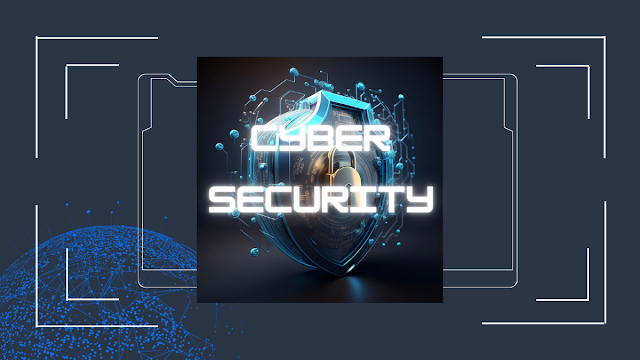
Common Myths about MFA
MFA is Too Complicated
Many believe MFA is too complicated for users. However, with proper implementation and education, it can be user-friendly. Organizations can provide training and resources to help users understand how to use MFA effectively.
MFA is Only for Large Organizations
MFA is beneficial for organizations of all sizes, including small businesses and individuals. While MFA is often associated with large organizations, it can also provide significant security benefits for small businesses and individuals.
Conclusion
Multi-factor authentication is a vital tool in today’s cybersecurity landscape. It provides enhanced security, reduces the risk of identity theft, and helps comply with regulations. As cyber threats continue to evolve, MFA stands as a robust defense mechanism, safeguarding sensitive information and increasing user trust.
FAQs: Multi-Factor Authentication Access
What is the main purpose of MFA?
The main purpose of MFA is to add an extra layer of security by requiring multiple forms of verification before granting access.
How does MFA enhance security?
MFA enhances security by combining different types of verification, making it harder for unauthorized users to gain access.
Can MFA be bypassed?
While no system is completely foolproof, MFA significantly reduces the chances of unauthorized access.
Is MFA expensive to implement?
The cost of implementing MFA can vary, but the security benefits often outweigh the expenses.
What are the most common MFA methods?
Common MFA methods include passwords, security tokens, and biometric verifications like fingerprints and facial recognition.
Read More
https://blogzwave.com/how-to-use-a-vpn-on-android-devices/
Important: The information provided here in the post is for general informational purposes only. It should not be taken as professional or any other type of advice. Always seek the advice of a qualified professional before implementing this information on your own. Thank you!


